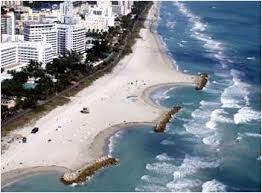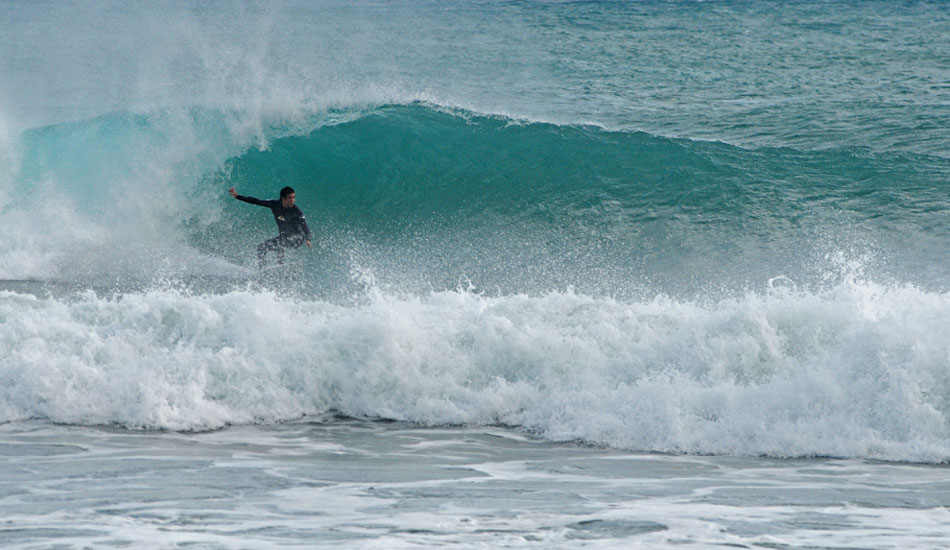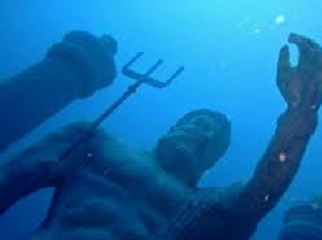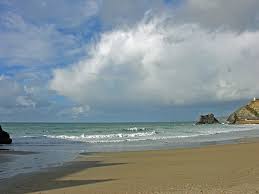Coastal erosion problem solution

Wave action in combination with misguided human interventions in the coastal zone cause coastal erosion.
Coastal erosion, i.e. the reduction of sandy beach width, has a negative impact on the infrastructures, environment, tourism, society and the economy.
According to the Greek Law, local authorities and private individuals can carry out projects in order to restore and protect the coast from erosion.
It is therefore necessary to design and construct coastal protection structures after obtaining licenses by the authorities. The main types of coastal protection structures are: submerged and emerged breakwaters, groins, sea walls and beach nourishment.
Creating a sandy beach - The method of Beach Nourishment

Beach nourishment is the creation of a sandy beach, by adding large quantities of sand to beaches, to combat erosion and increase beach width for recreational purposes.
The sand is transported from deeper waters, from other coasts or even from land sources. The transport is obtained by using dredgers, pumps, excavators, bulldozers and the sand is deposited on the coast increasing its width.
This coastal protection method is also in accordance to the Law, after obtaining the relevant perditions.
Creating surfing conditions by constructing artificial reefs

In many cases, in a coast, the incident waves cannot be used by the surfers because the bathymetry is not appropriate. On unsuitable bathymetry conditions, the wave can either break almost parallel to coastline, without creating a suitable angle, or break at a short distance from the shore. It would therefore be desirable to artificially form a new bathymetry, that changes the breaker angle and increase the distance of the breaker from the coast.
Using geotubes or geobanks (tubes or banks filled with sand) we are able to form a new bathymetry in a coastal area, create suitable surfing conditions and increase the duration of the surfing periods.
The artificial reefs can also be used as coastal protection structures.
Scuba Diving parks & tourism

Creation of scuba diving parks and motivation for autonomous leisure diving activities. Creation of an innovative way of exhibiting artworks submarine. Possibility of visiting up to 12 months / year. Interaction of the structures with the sea environment providing to the local marine species, the possibility of a new habitat

Artificial reefs for fish enrichment

The basic idea is based on the fact that the submerged structures and the choice of their construction materials should be compatible with the marine environment with which they are able to develop a dynamic relationship.
The shape of the reef will be changed over time due to two basic processes: a) biodegradation; and b) colonization. Consequently, the choice of construction materials should allow the two above-mentioned physical processes.
In addition, the projects should have a series of cavities that should be able to offer habitat to marine organisms with cryptic behavior, such as octopus or moray.

